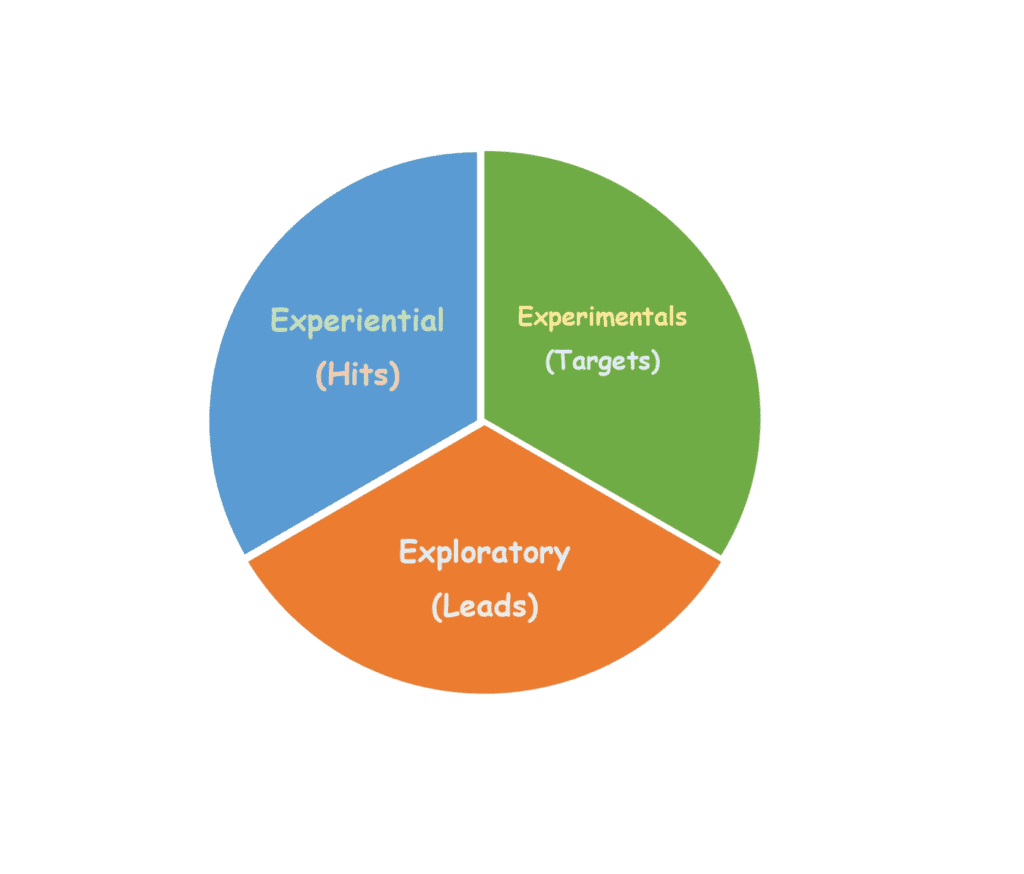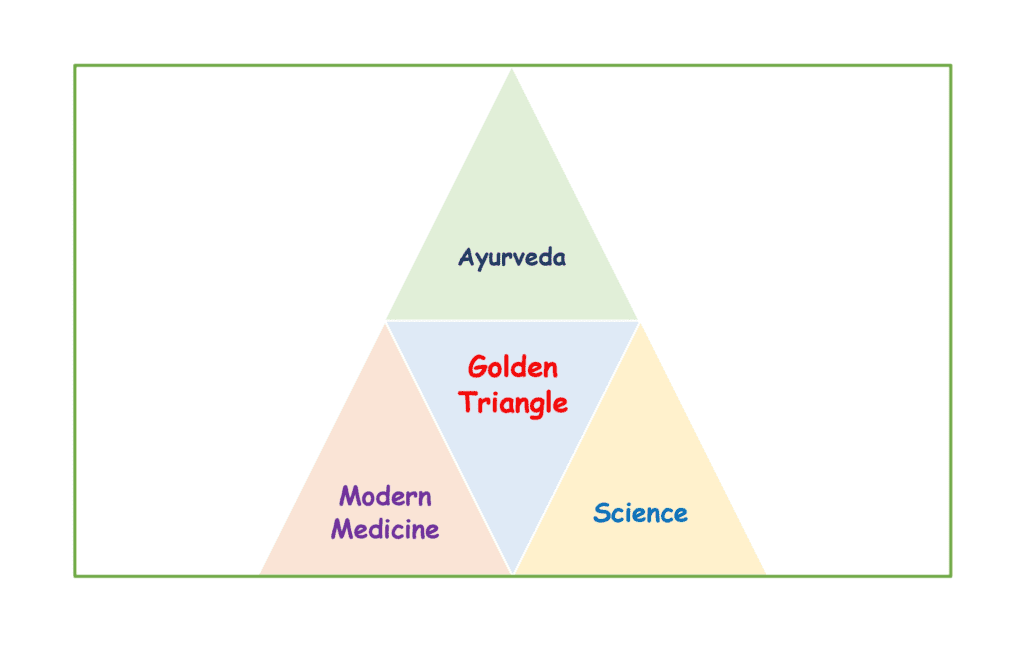Author- Dr Md Shamim, MD
Table of Contents
ToggleOverview
Reverse Pharmacology (RP) is a science of integrating documented experiential hits into leads by transdisciplinary exploratory studies and further developing into drug candidates by experimental research.
In this approach, the candidate travels a reverse path from ‘clinics to laboratory’ rather than classical ‘laboratory to clinics.
History of Reverse Pharmacology in India
Sir Ram Nath Chopra was a pioneer in the field of experimental pharmacology of indigenous drugs of India. Along with Gananath Sen he laid the foundation of RP of medicinal plants by pursuing clinically documented effects of Ayurvedic drugs.
Sen and Kartik Bose in 1931 demonstrated the antihypertensive and tranquilizing effect of Rauwolfia serpentina.
The major role of Reverse Pharmacology
- Reverse Pharmacology enhances the connection, communication and collaboration between modern sciences and technology with traditional medicine and modern biomedicine.
- It offers a major paradigm shift in drug discovery. Instead of unexpected findings pursued randomly an organized path from clinical observations and success is established.
- Recently, India has amended the Drug Act to include a category of phytopharmaceuticals to be developed from medicinal plants by Reverse Pharmacology, with evidence of quality, safety, and efficacy. These drugs will be distinct from traditional medicines like Ayurvedic, Unani or Siddha.
Scope of Reverse Pharmacology
- To understand the mechanisms of action at multiple levels of biology and to optimize safety, efficacy, and acceptability of the leads in natural products based on relevant science.
- To validate Scientifically and technologically standardized botanical products may be explored on a fast track, using innovative approaches like reverse pharmacology and systems biology, which are based on traditional medicine knowledge.
Phases of Reverse Pharmacology
Reverse Pharmacology can be perceived to comprise of three phases or domains.

Experiential phase
- It includes robust documentation of clinical observations of the biodynamic effects of standardized Ayurvedic drugs by meticulous record keeping.
Exploratory Phase
- It includes studies for tolerability, drug-interactions, dose-range finding in ambulant patients of defined subsets of the disease and para- clinical studies in relevant in vitro and in vivo models to evaluate the target-activity.
Experimental Phase
- It includes studies 0f basic and clinical, at several levels of biological organization, to identify and validate the reverse pharmacological correlates of Ayurvedic drug safety and efficacy.
Salient features of reverse pharmacology
- Classical drug discovery process is an expensive and time-consuming process. It involves 10 – 15 years of investigation period and investments of the order of US $ 1 to 1.5 billion. This extremely complex, technology bases and capital-intensive process has resulted in ‘target rich lead poor’ performance. Whereas Reverse Pharmacology is an economical, time sparring and has least bottlenecks. It effectively reduces the duration of drug development to 4 – 5 years.
- It also allows understanding the mechanisms of drug action at multiple levels and helps in optimizing the safety, efficacy, and acceptability of the leads from the natural products.
- It utilizes traditional knowledge of medicines to discover drugs and is also called as a path of pharmacology from the bedside to bench
- In this process ‘safety’ remains the most important starting point and the efficacy becomes a matter of validation.
The path of classical and Reverse Pharmacology approach


Reverse Pharmacology and Ayurveda


- Ayurvedic knowledge and experiential database can provide new functional leads to reduce time, money, and toxicity. These are three main hurdles in the drug development.
- Basic principle of Ayurveda is based on personalized approach can be used for creating personalized, customized, or designer medicines. Therefore, science of Ayurveda has the potential to revolutionize modern medicine and drug discovery processes.
A golden triangle consisting of Ayurveda, modern medicine and science will converge to form a real discovery engine that can result in newer, safer, cheaper, and effective therapies.
The approach has attracted considerable attention, nationally and internationally: Central Scientific Instrumental Research (CSIR) and Indian Council of Medical Research (ICMR) have done clinical trials with natural products. Moreover, Central Council for Research in Ayurveda and Siddha (CCRAS) has recently adopted the golden triangle approach for some new indications of old drugs, as well as for Ayurveda.
The progress of Reverse Pharmacology in India has led to the following leads from Ayurvedic medicinal plants


Conclusion
At the end we conclude that Reverse Pharmacology is the approach in drug discovery from ‘ Clinics to Laboratory’. Reverse Pharmacology is an economical and time sparring process. It effectively reduces the duration of drug development to 4 – 5 years. It utilizes traditional knowledge of medicines to discover drugs and is also called as a path of pharmacology from the bedside to bench. It helps in optimizing the safety, efficacy, and acceptability of the leads from the natural products.
References
- Reverse Pharmacology Applicable for Botanical Drug Development – Inspiration from the Legacy of Traditional Wisdom.
- Postgraduate Pharmacology- Sougata Sarkar

Your article helped me a lot, is there any more related content? Thanks!
Your point of view caught my eye and was very interesting. Thanks. I have a question for you.
Your article helped me a lot, is there any more related content? Thanks!
Temp mail For the reason that the admin of this site is working, no uncertainty very quickly it will be renowned, due to its quality contents.